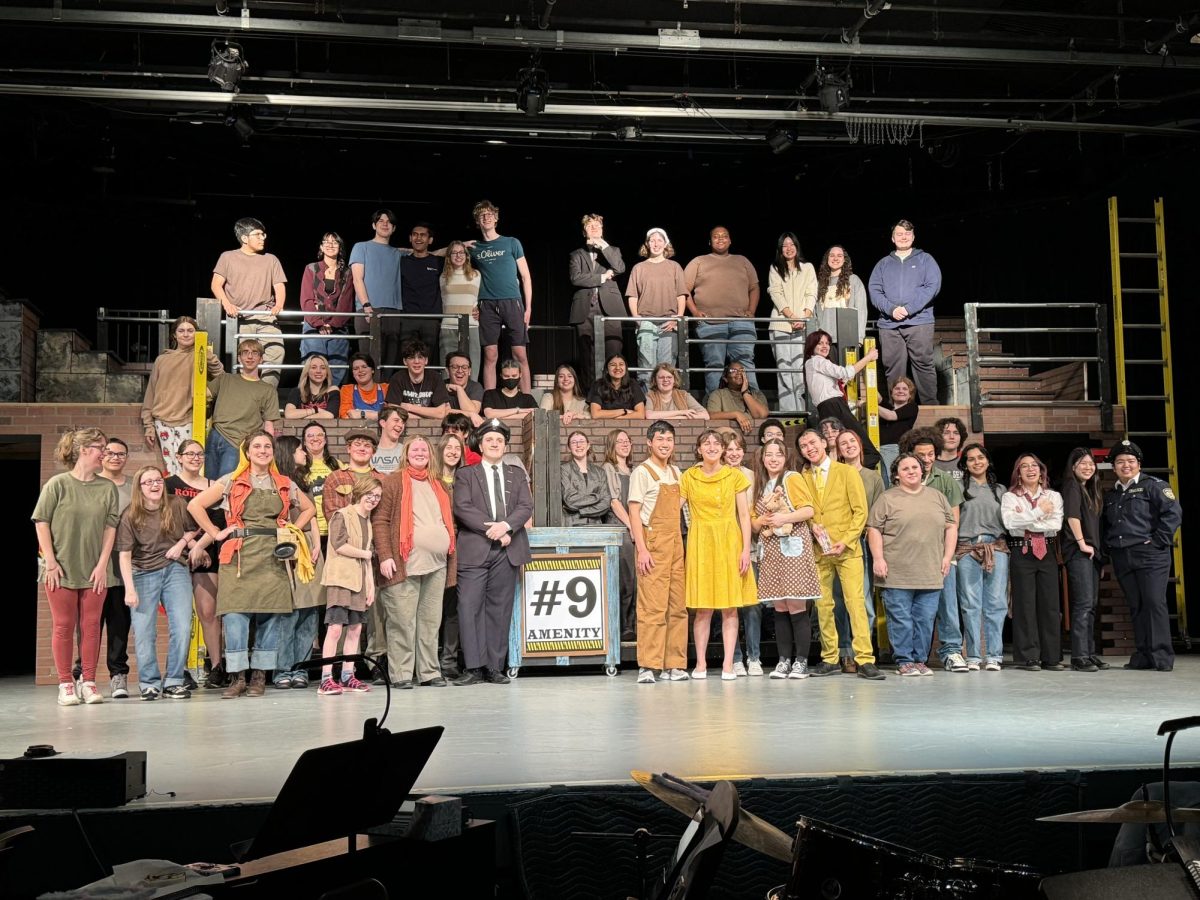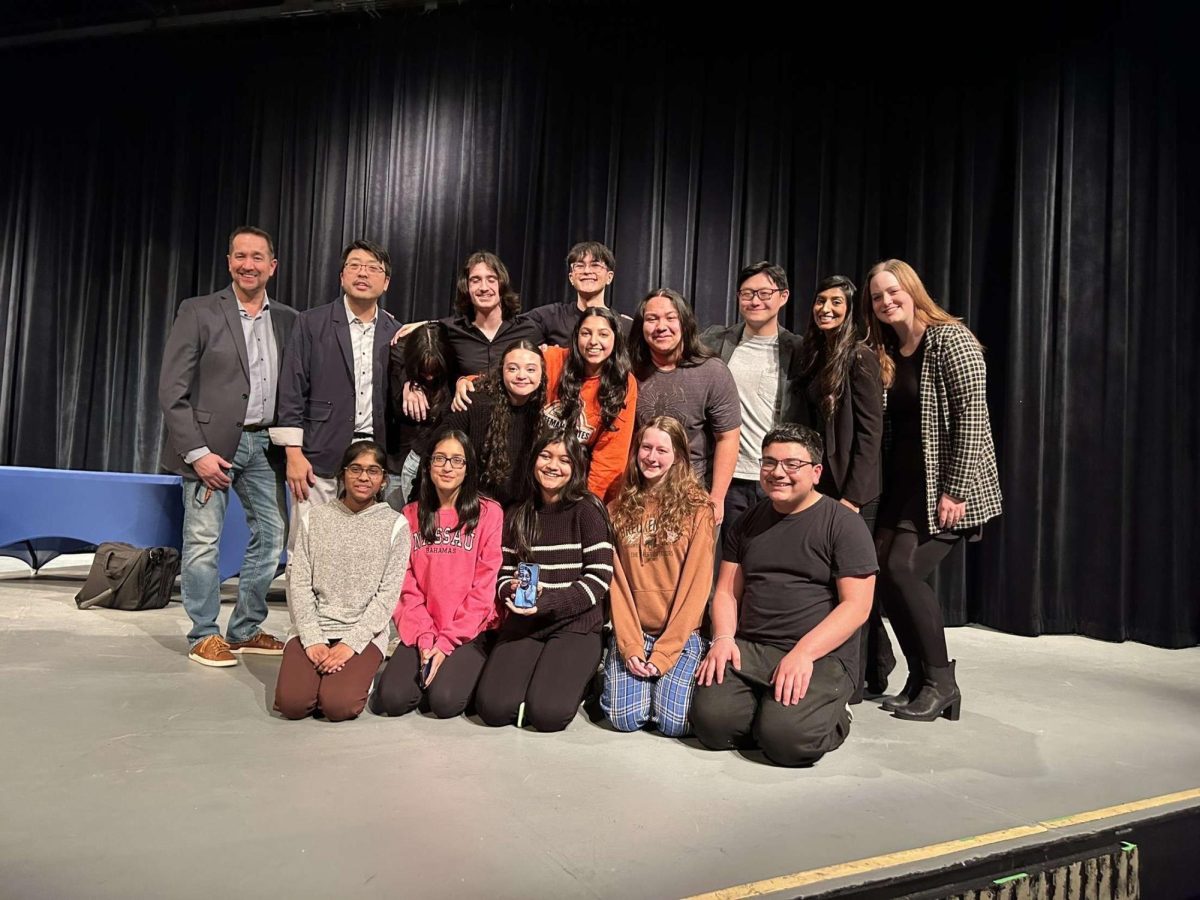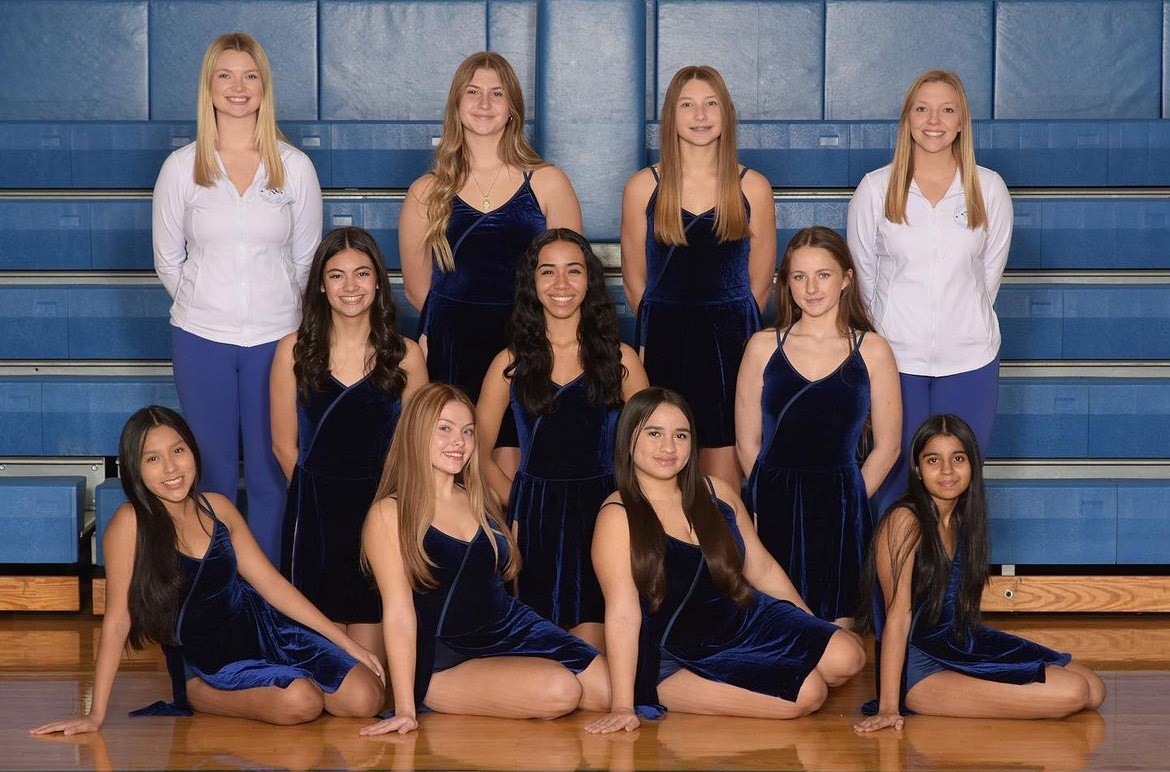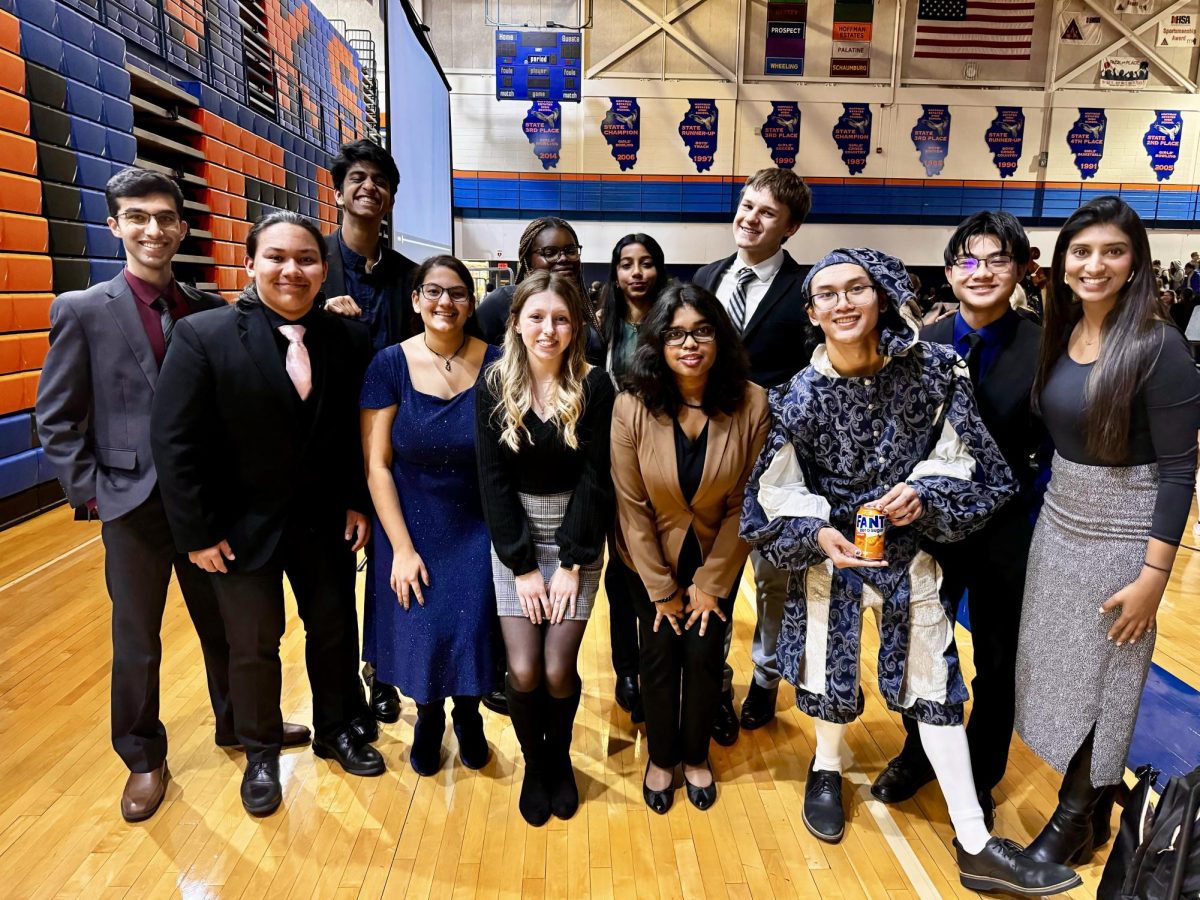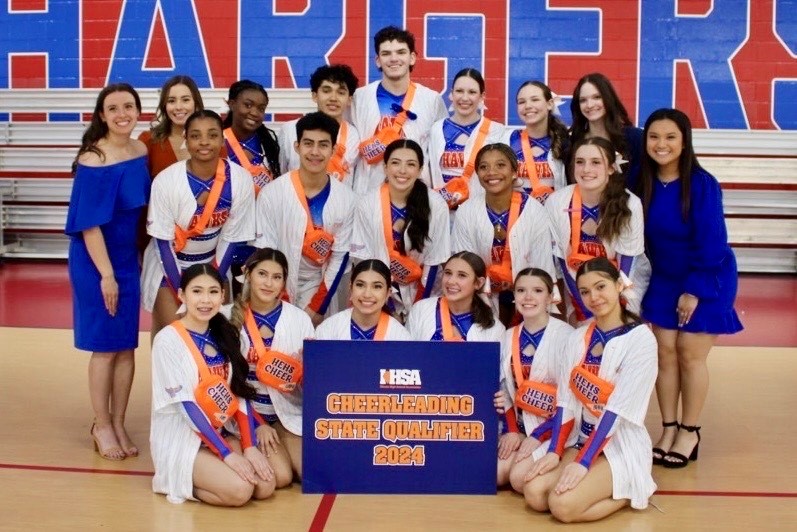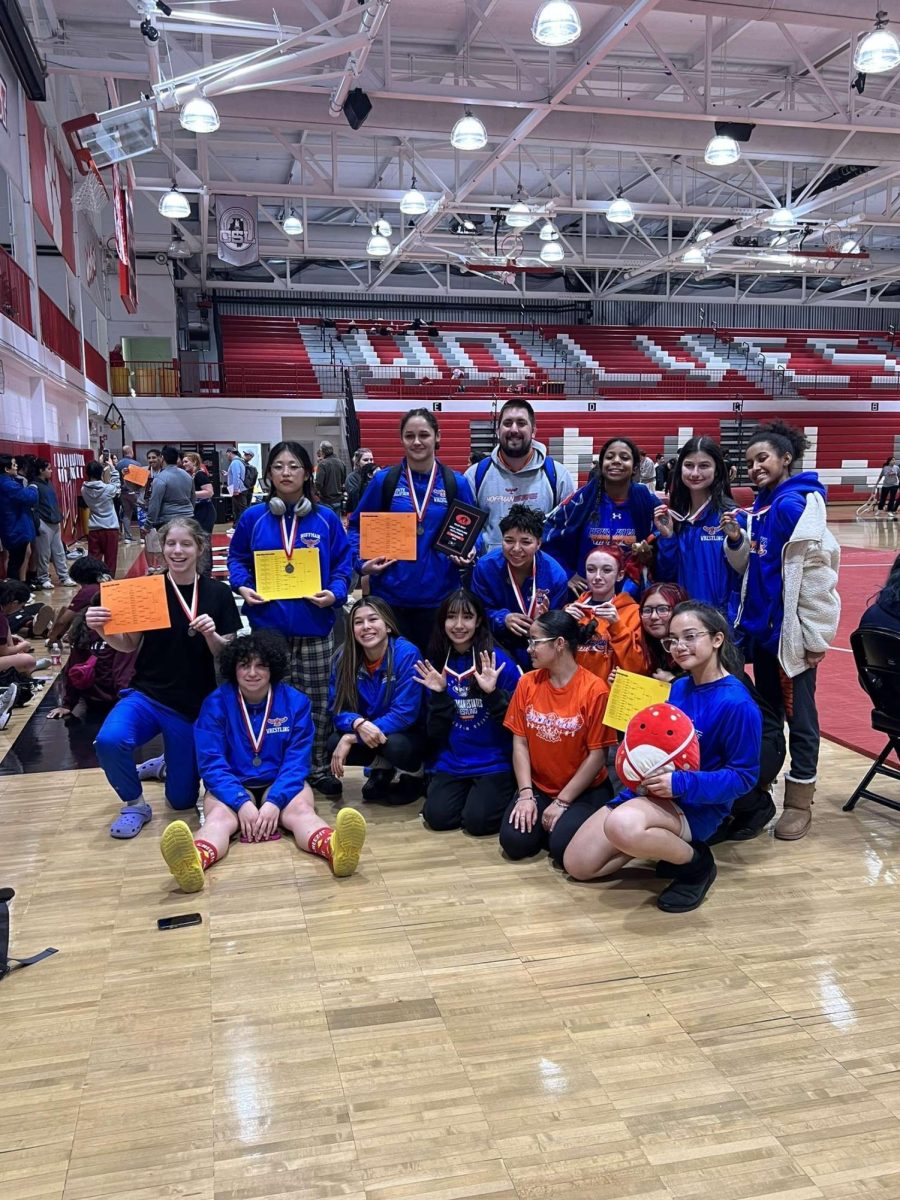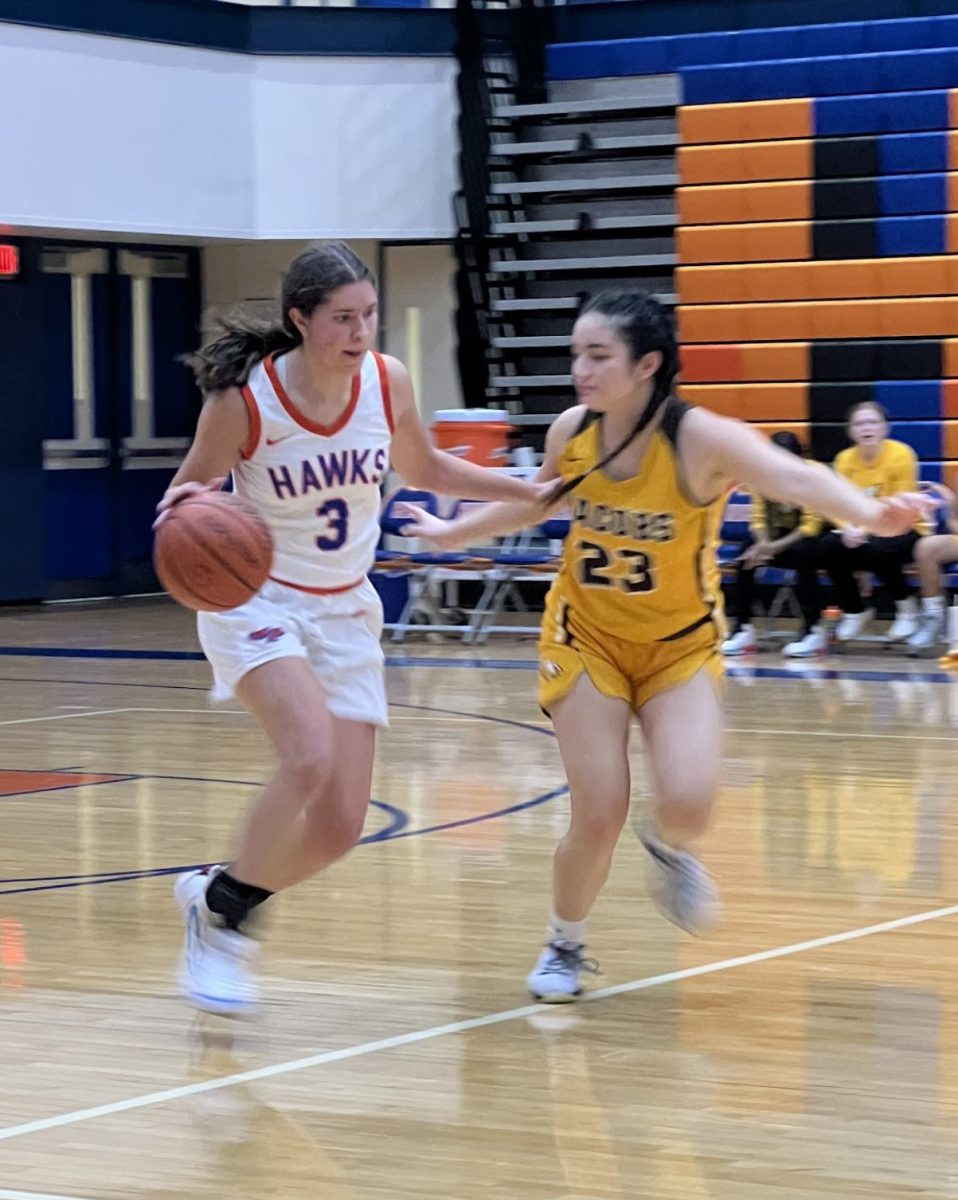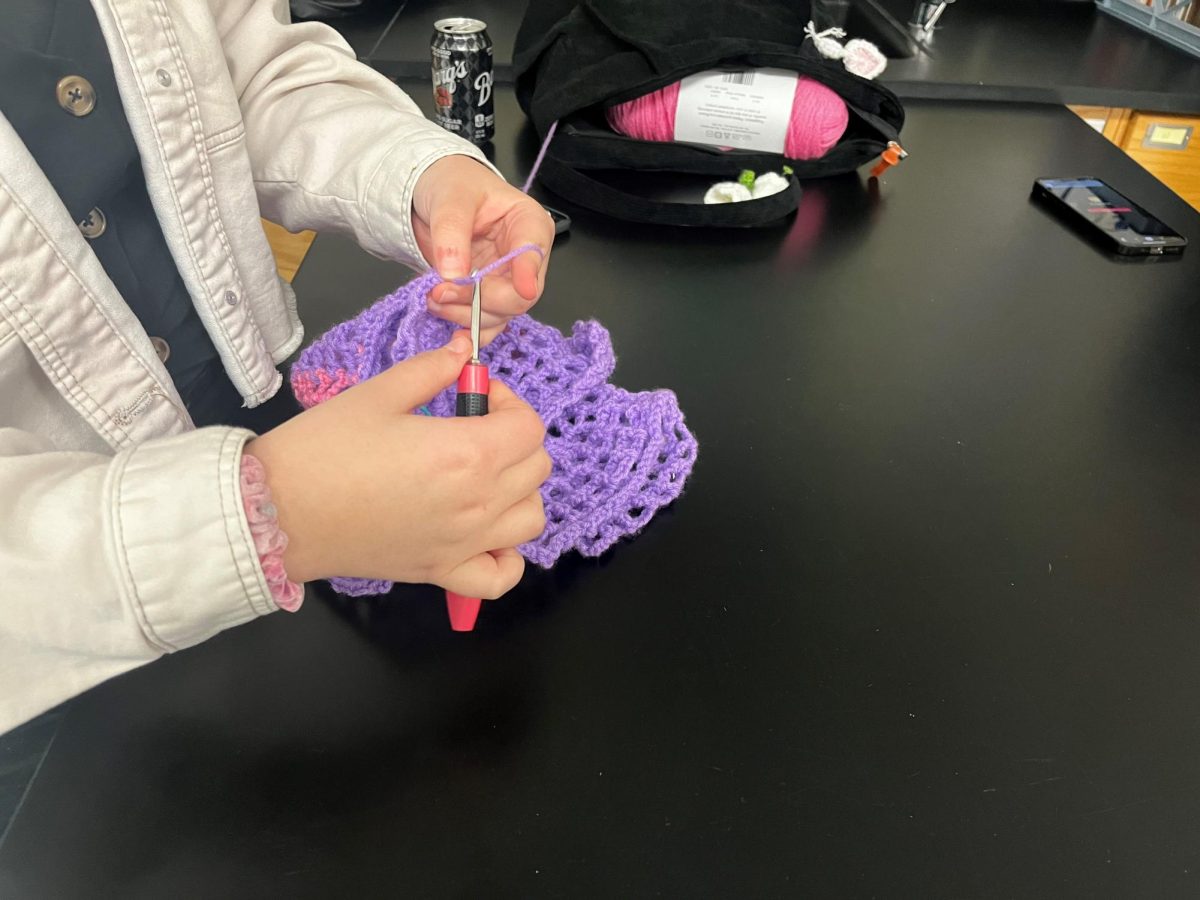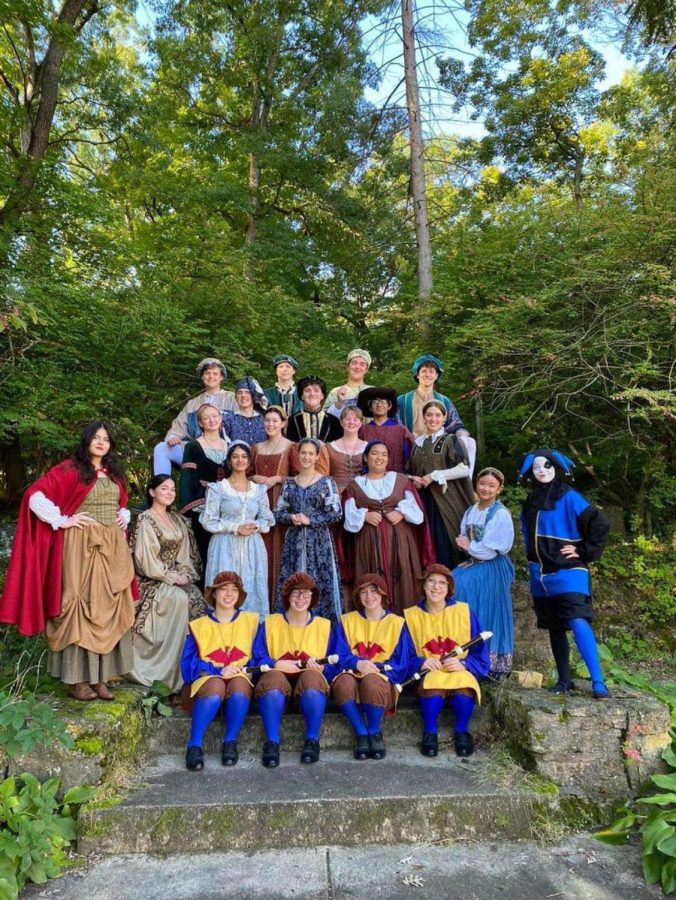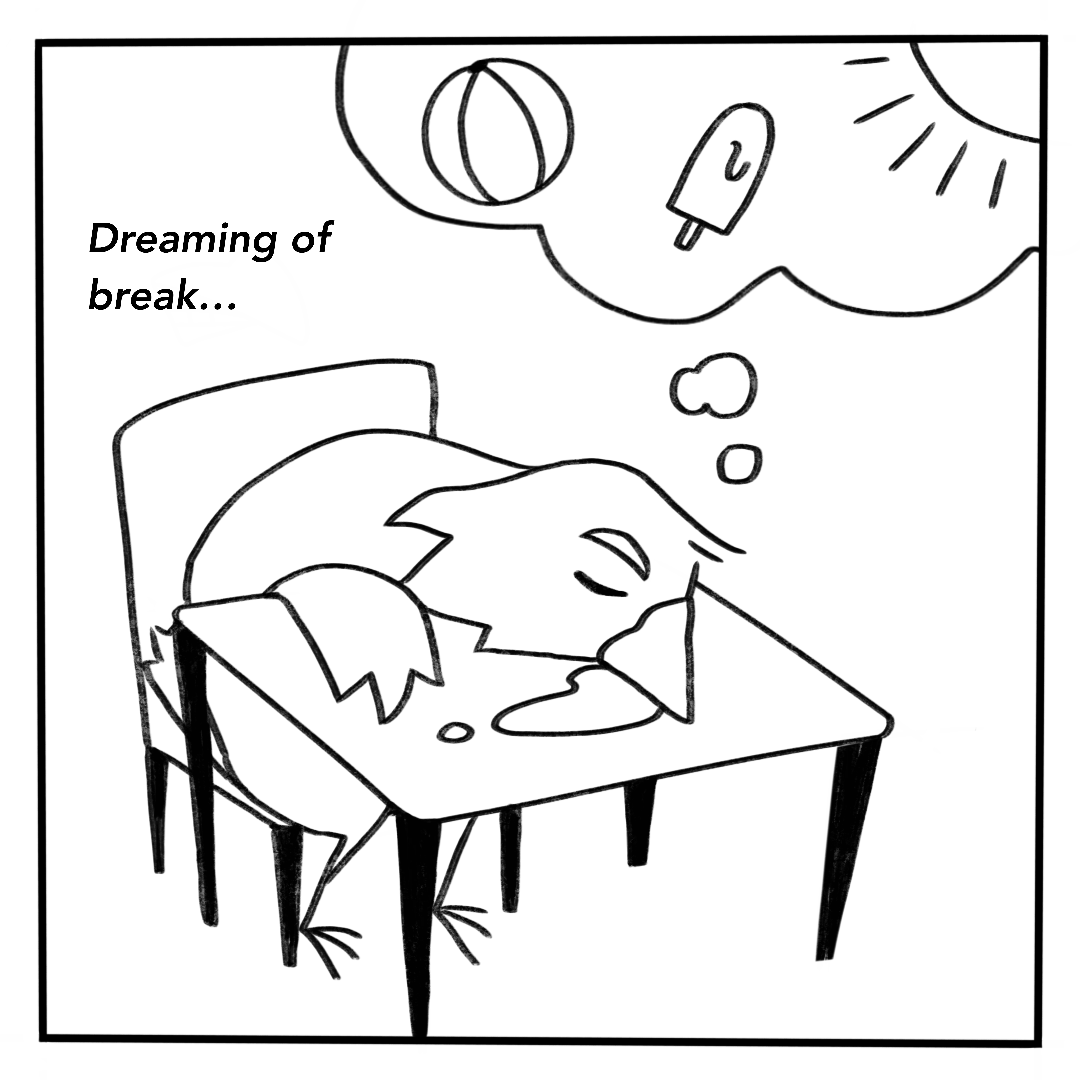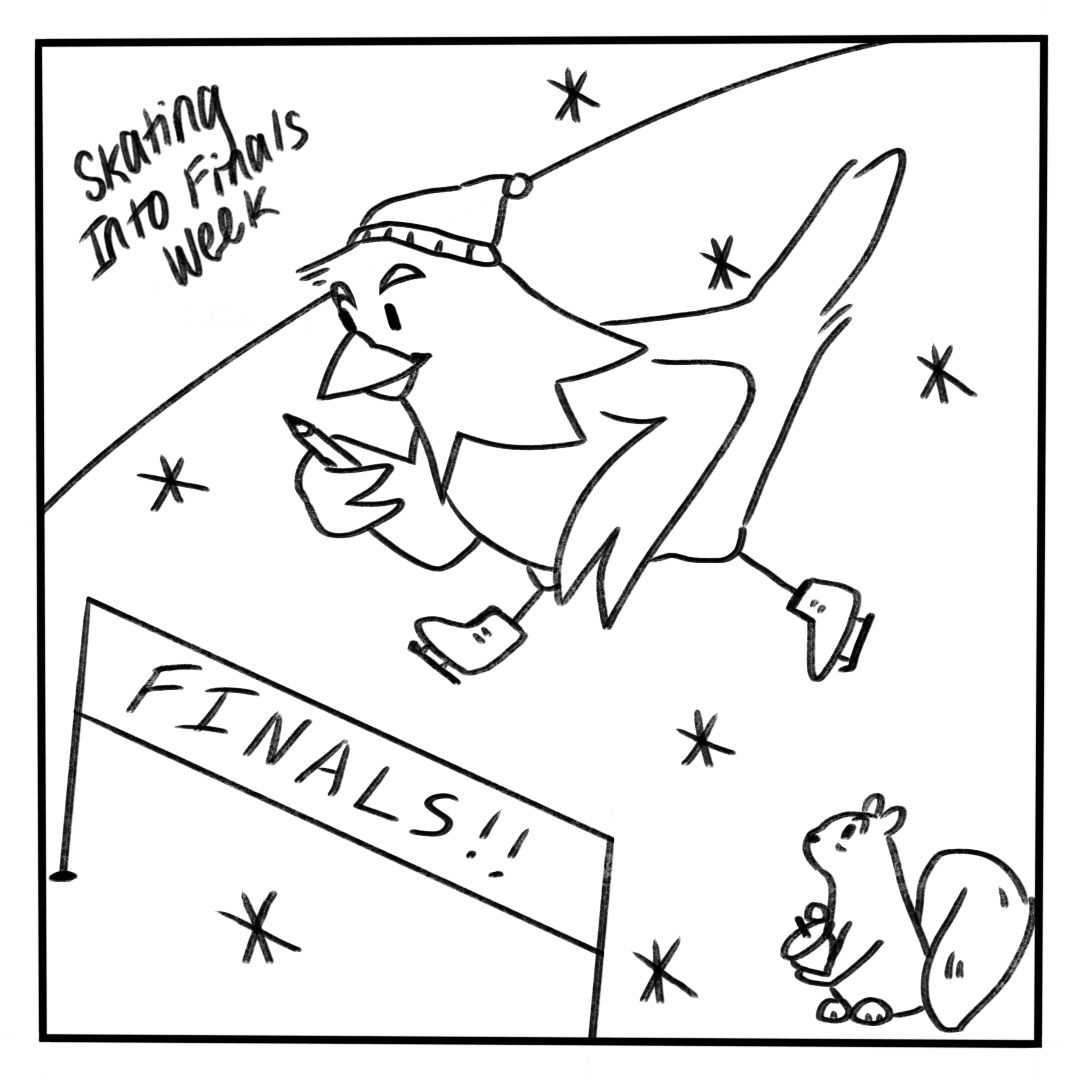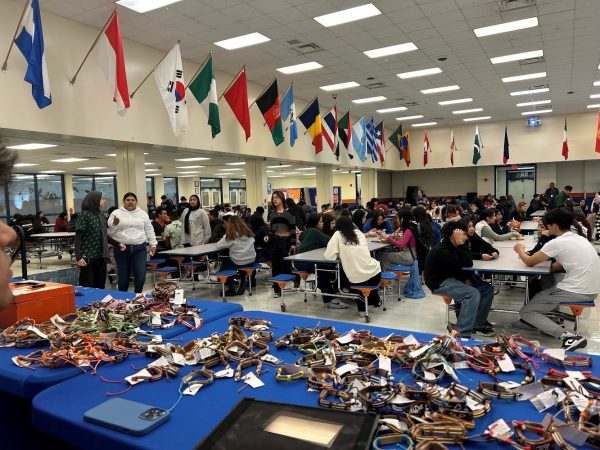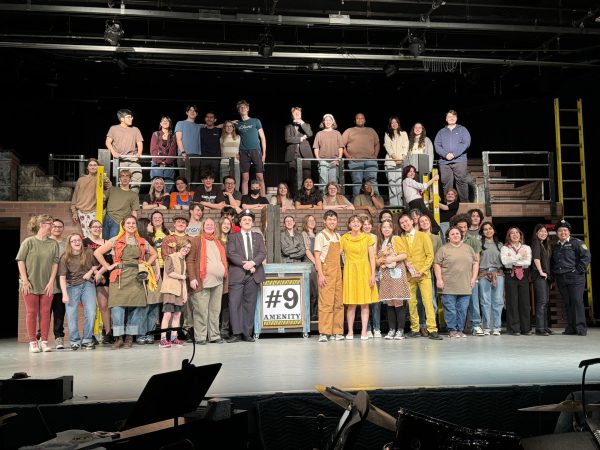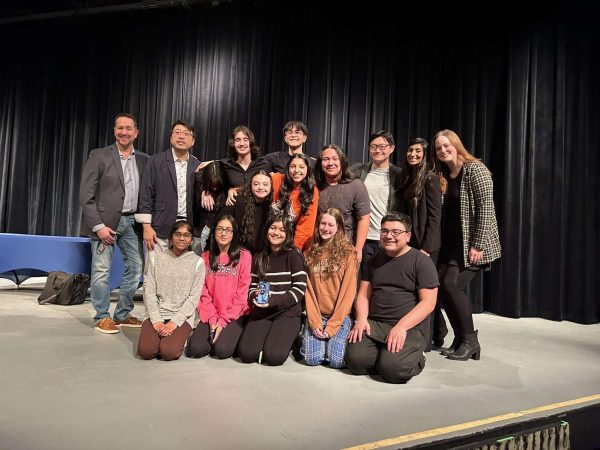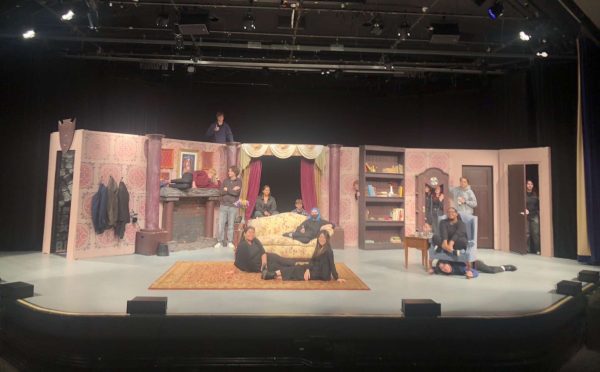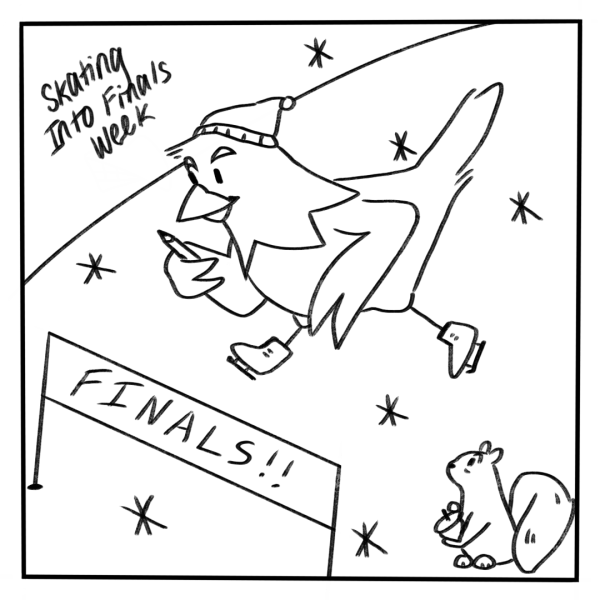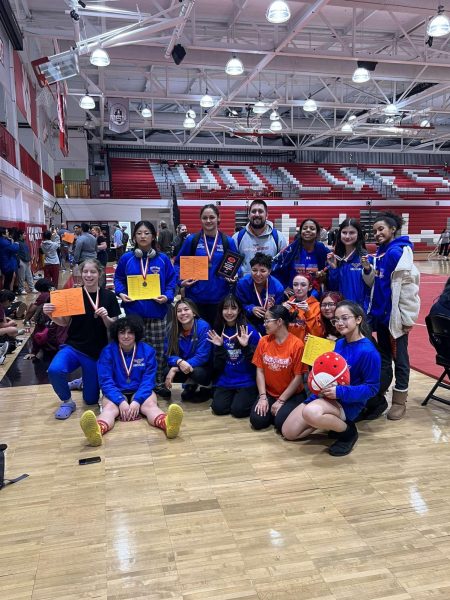Seniors prepare for life beyond HEHS
From college essays and applications to college visits, seniors take steps to be ready for the near future.
January 17, 2018
The most important time for high school seniors is approaching quickly. This is the time at which many students are applying to colleges. Students all over the school talk of scholarships, recommendation letters, and getting into the school of their dreams, while many other students still do not know what to do, how to do it, or where to even start.
All students look at colleges for different reasons, whether it is to pursue a higher education or for other reasons. For example, Beledy Santizo, a senior here at Hoffman Estates High School with a keen interest in art and animation, is looking at colleges to become an animator.
“I want to become an animator because I grew up with cartoons, and I was inspired by different styles of art and cartoons, as well as YouTube animators,” said Santizo.
Santizo has said that she would like to attend Harper College to gain a better education and to study art, and is loking forward to being able to make her own choices. Her only obstacle is that she is unsure of how application exactly works.
There are many important subjects pertaining to college application. One of them is Advanced Placement classes. They are advanced level classes that are meant to give students a preview of the rigor of normal college classes, and are generally more challenging than normal high school classes.
“[AP classes] shouldn’t be taken lightly,” said senior Kelly Paradowski, who has had much experience in AP classes. “You have to put in effort for a good grade.”
While they can be a challenge for some students, AP classes can turn out to be a financial help while going into college. If students decide to take the AP exam for their class, they have a chance, if they attain a high enough score, of potentially receiving credit for having already taken that class in college, resulting in them not having to take the class then.
Another one of the most crucial parts of the college application process is the SAT or ACT test. Scott Hoeft, a counselor here at Hoffman Estates High School, calls them “college readiness exams,” which are designed to show students how prepared they are to attend college. However, some colleges only accept one test or the other.
Michael Murphy, the college consultant here at HEHS, suggests that students should take the SAT offered at school and the ACT, which does require a fee to be taken, then send in both scores, just to be safe.
A problem for many comes in the form of actually paying for the education at one’s desired college. Not everyone has the funds to pay full price to attend any college.
“The ability to pay [for college] is the problem,” said Murphy. “The challenge is finding the financial means to pay.”
A solution to this conundrum is scholarships, which are a recommended part of college application anyway. Existing on the school, local, and national level, they are ways for exterior organizations to help students pay for their college tuition, which ends up decreasing the amount of loan debt that students end up having.
“The more scholarships you have, the less you have to pay, the less debt you’ll be in,” said Hoeft.
Ideally, students would want to invest time in applying for a scholarship. But one problem arises: where would students be able to look to educate themselves on the different scholarships? As it would turn out, the Career Resource Center in the library here at HEHS contains such information.
However, the CRC is useful for more than researching scholarship opportunities. The CRC is where students can come and research their options for after their high school years. One way this can be done is by way of college representative visits.
“Students can schedule a 45 minute meeting with a representative on a particular day and ask questions and get information to make an informative decision for the future,” said Patricia Bahnick, who works at the CRC.
Students can sign up for representative meetings in one of two ways; either they can go to the CRC before school starts, located in the library, and sign up physically there via the signup lists, or they can email Bahnick at [email protected]. With the permission of their teacher, they can leave class for a 45 minute meeting.
A common problem encountered by students with college questions is that they are unsure of what to ask. At the CRC, however, all questions are important and welcome. “The more information they gather, the more comfortable they will be,” said Bahnick.
Another issue that applicants face is waiting until the last minute to apply to college and ending up with little or no time to complete the application.
“If you need a recommendation letter or other things by a specific date, then you won’t hit the deadlines and that can be a challenge,” said Hoeft.
Students may not believe they are prepared to immediately throw themselves directly into a 4-year college, or may not even want to. It is for this purpose that there is a 2-year junior college system.
However, according to Hoeft, students who attend a 4-year college will holistically be better-rounded and more prepared for a job.
Regardless, it is important for students to attend at least some college. Acording to the District 211 Ultimate College Planning Guide, high school graduates on average will earn $34,736 per year, while students with a 2-year associate’s degree on average will earn $41,184 per year. The difference is not only educational, but financial as well.
Evidently, eventually going to college requires a significant amount of planning beforehand. Here at HEHS, we have the people and the resources immediately available to make the application process much simpler. Above all, it is important to know what you are going to do and how you intend to do it.
“Have a plan, do what you’re passionate about, and be confident in yourself,” said Santizo.
